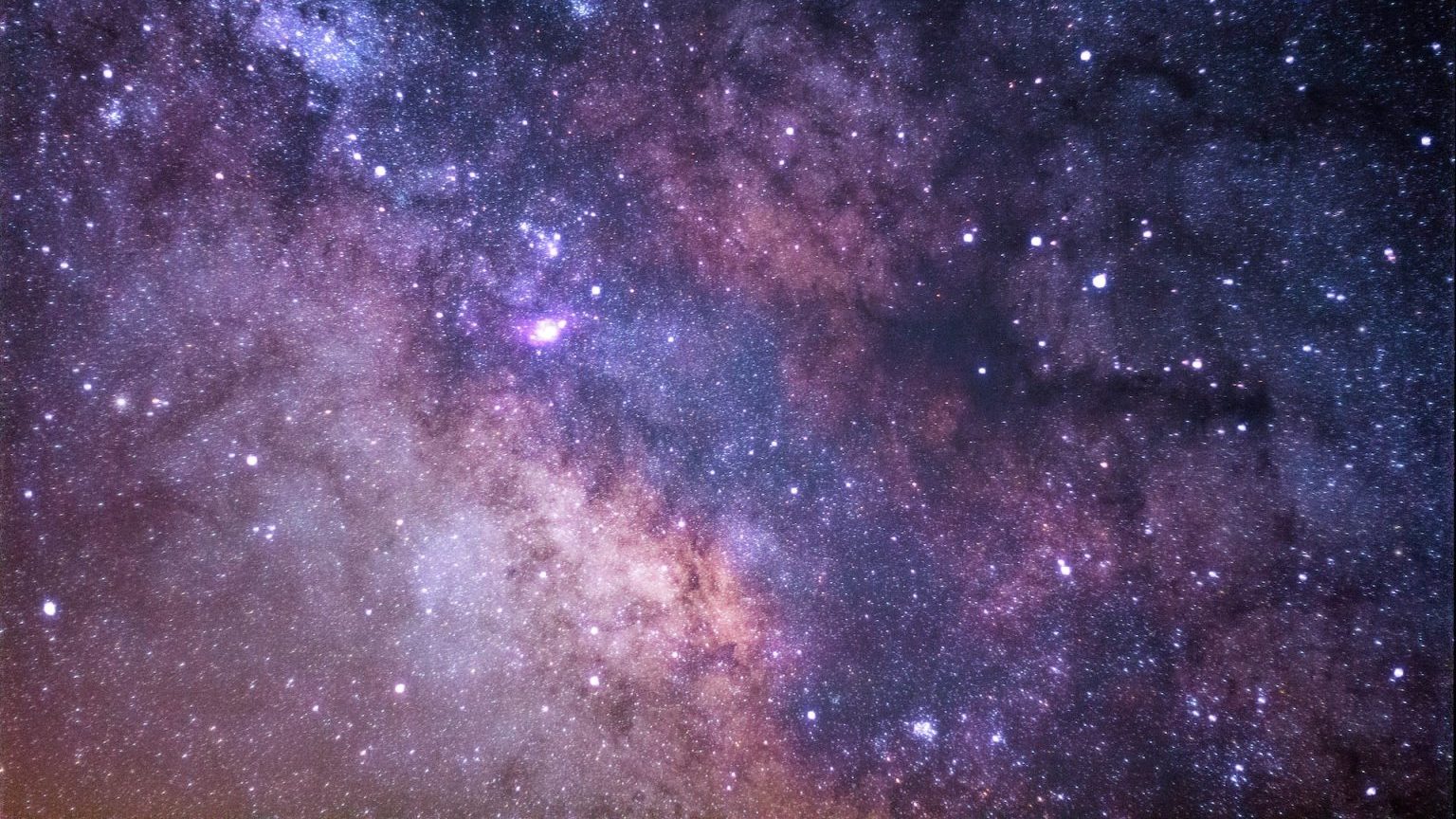The Extremely Large Telescope will supercharge our view of the cosmos

- The Extremely Large Telescope (ELT) will be the largest telescope in the world when construction is complete.
- The engineering project is taking place in the equally extreme environment of the Atacama Desert, one of the world’s driest places.
- Once operational, the ELT will help scientists answer questions currently out of reach of today’s telescopes.
A beast is coming. It’s big, it’s powerful, and it’s going to change everything. If this sounds like the tagline from a Godzilla movie, then you have the right scope in mind, but I’m talking about a telescope … a very big telescope. Actually, it’s the Extremely Large Telescope (ELT), and it’s only a few years away from competition. If you have been thrilled by the images and results from the James Webb Space Telescope, you must know about the ELT.
The first thing to understand about telescopes is that size is everything. Many people think the purpose of a telescope is to magnify distant objects, but the first order of business is actually to collect light.
The farther away a light source is from us the dimmer it appears, and its brightness falls off with distance squared. For instance, if you move a lightbulb ten times away, it will appear 100 times fainter. To help us see far-away light sources, telescopes act as a kind of “light bucket.” They collect as many photons (light particles) as possible from distant objects to give us the all-important “signal” that can stand out against background noise.
Why does size matter then? The light-collecting power of a telescope is the square of its collecting surface. If we use mirrors — as all modern telescopes do — then a telescope built from a 10-meter mirror will collect 100 times as much light as a one-meter instrument. As such, astronomers want a telescope with the biggest mirror possible.

What is the biggest mirror possible? That’s the question the ELT will answer. For the last 30 or so years, the big research class telescopes had mirrors in the 10-meter range (that’s roughly 33 feet for those of us stuck in US units). These include the two 10-meter Keck instruments on top of Mauna Kea in Hawaii. Building a movable frame that can hold a 10-meter mirror and then constructing an observatory dome around the whole thing was an amazing engineering task. The ELT, however, takes “amazing engineering” to an entirely new level.
The mirrors on the ELT will be almost 40 meters across, but they have to be built first. They must then be supported by a movable frame with a size stretching across an entire football field. Of course, a telescope is not just a primary mirror. There will also be a secondary mirror positioned above it that collects the light bouncing off the giant primary before redirecting it down to the various instruments. And the entire structure has to fit within an observatory dome to protect it from the elements — including the wind, which could shake the whole thing to uselessness. Unsurprisingly, the ELT dome will be the biggest ever built, coming in at 74 meters high and 86 meters across. The total weight of both the telescope and dome? 9,000 tons!
Oh, and did I mention that the whole thing is being built in one of the most inhospitable environments on Earth? The ELT is designed to work in both optical and near-infrared wavelengths of light. Getting telescopes high above the atmosphere is always job #1 for site planning, but because infrared light gets absorbed by water vapor, you want the location to be high and dry. That’s why this extreme engineering project is being carried out on Cerro Armazones, a mountain in Chile’s Atacama Desert, one of the driest places in the world. When you consider what’s being built and where it’s being built, the ELT is nothing short of an engineering marvel.
So, what will come of all this? The answer is simple: a game-changing astronomical instrument. The ELT will have a light-collecting power that’s 100 million times better than the human eye and more than ten times better than the best telescopes that exist today. That capacity means questions currently out of reach will get answers, or at least much better answers than we can get now. In my own field of astrobiology, the ELT will be able to directly detect light from Earth-like exoplanets. To achieve this the telescope must be able to separate out the light from the planet and its host star, a feat demanding a sensitivity of one part in a billion at distances in the sky of 0.1 arcseconds. For comparison, there are 180 degrees of arc from horizon to horizon and 3,600 arcseconds in a single degree. Thus, 0.1 arcsecond is a tiny sky separation. With this kind of power, we will be capable of characterizing exoplanets and their properties — including perhaps signs of life — with unprecedented accuracy.
Planets are just one frontier the ELT will push into. Galaxies, cosmology, and the formation of stars will get new answers too. So much will be possible with the ELT, and that’s why I’m so excited about the beast being built on a mountain in the Atacama Desert. First light is scheduled to come around 2028, so this is a story you want to keep an eye on.





